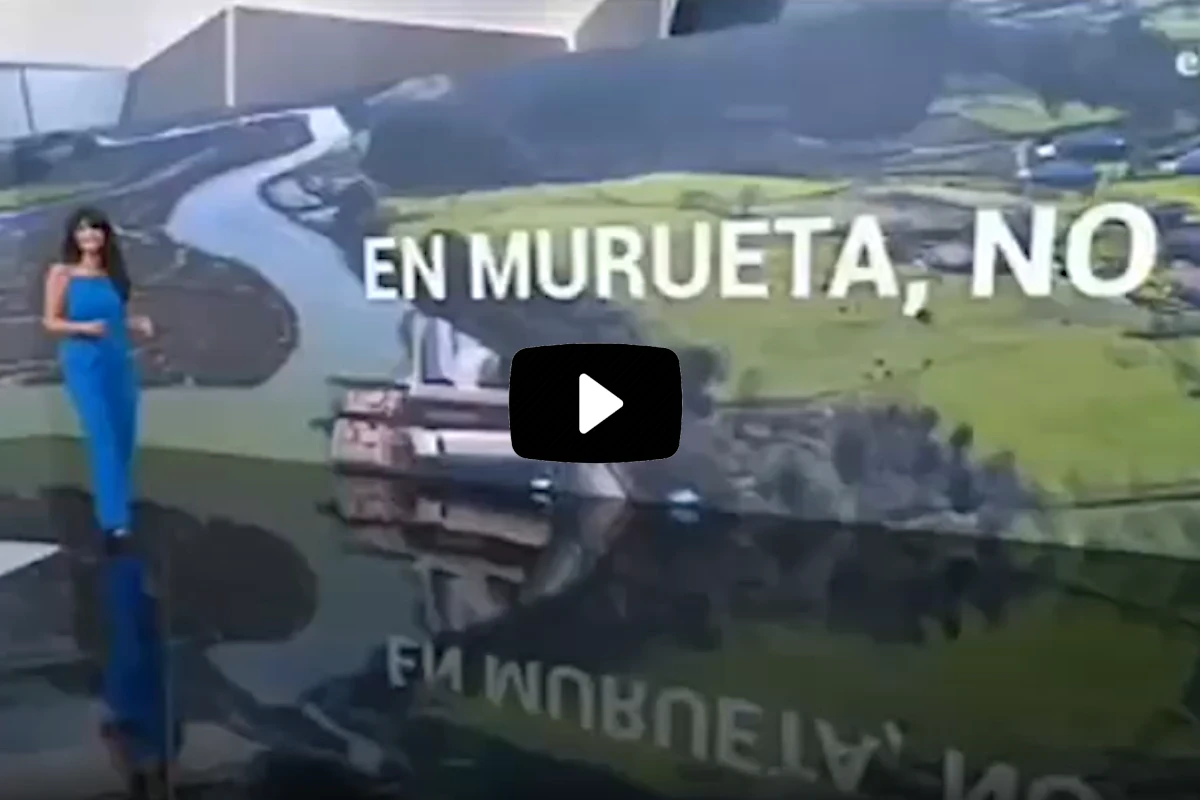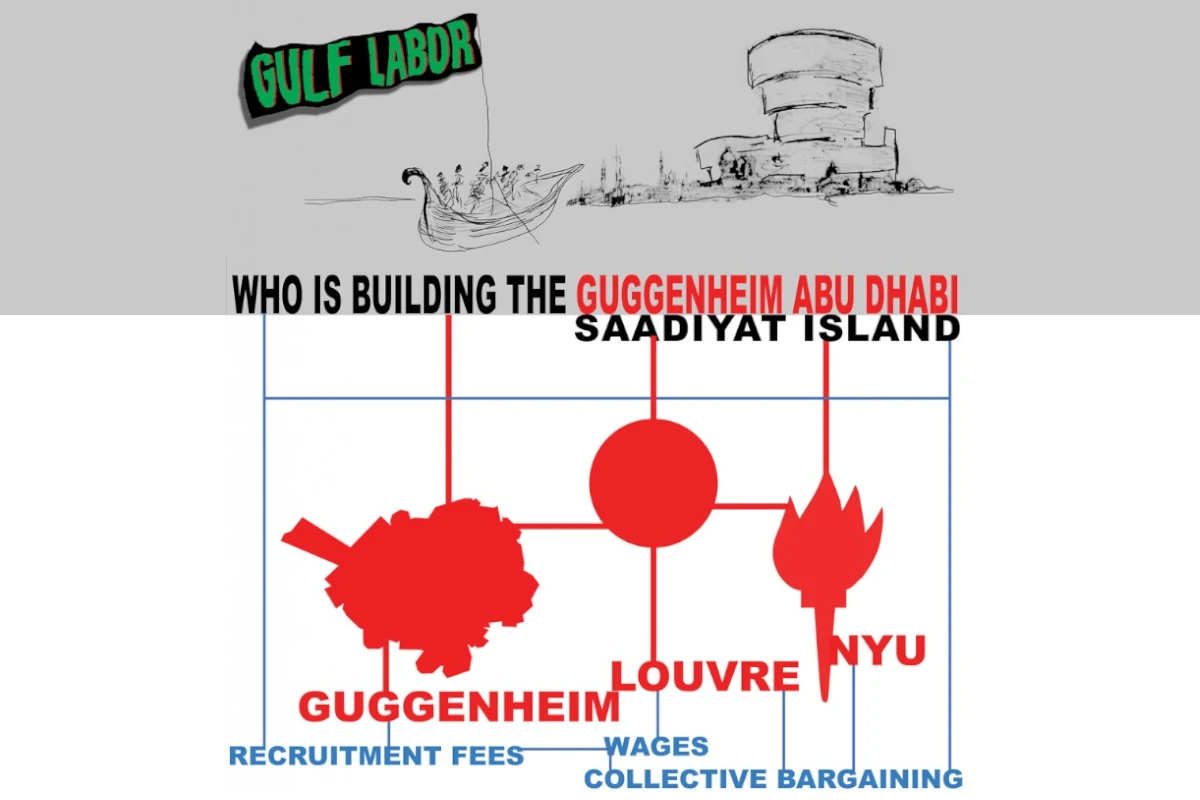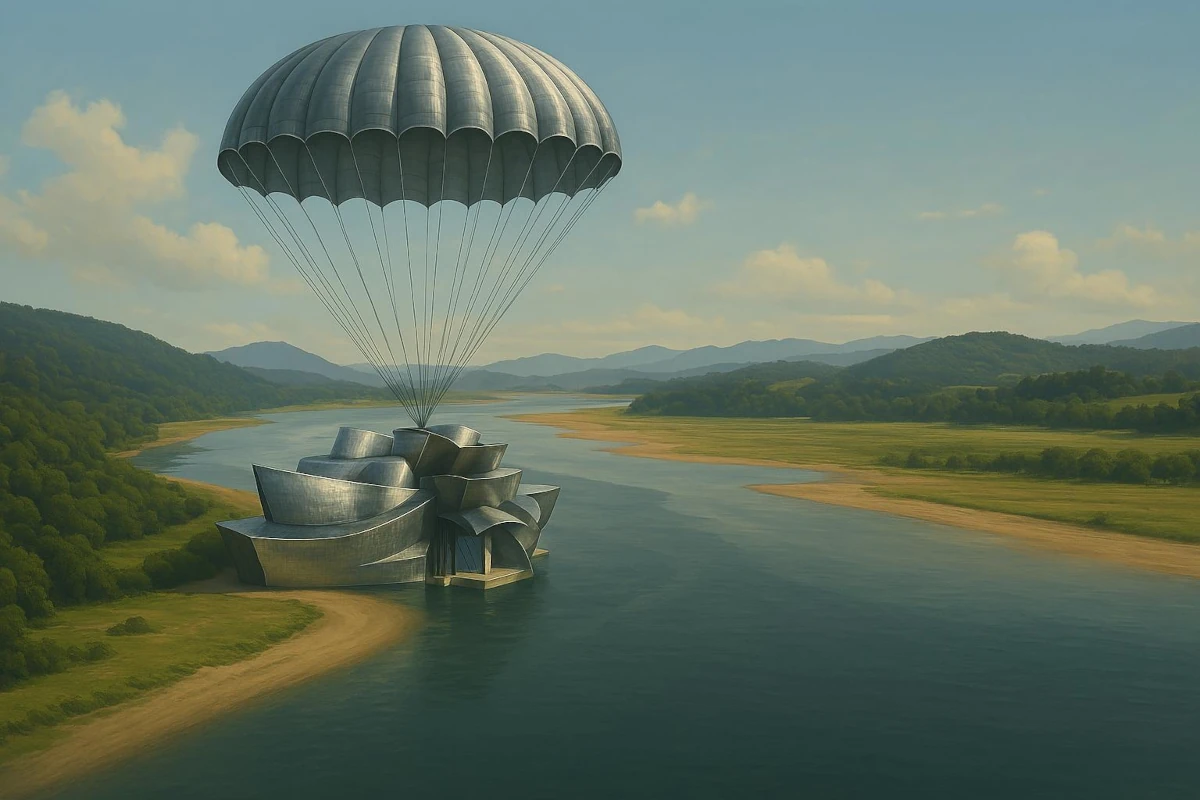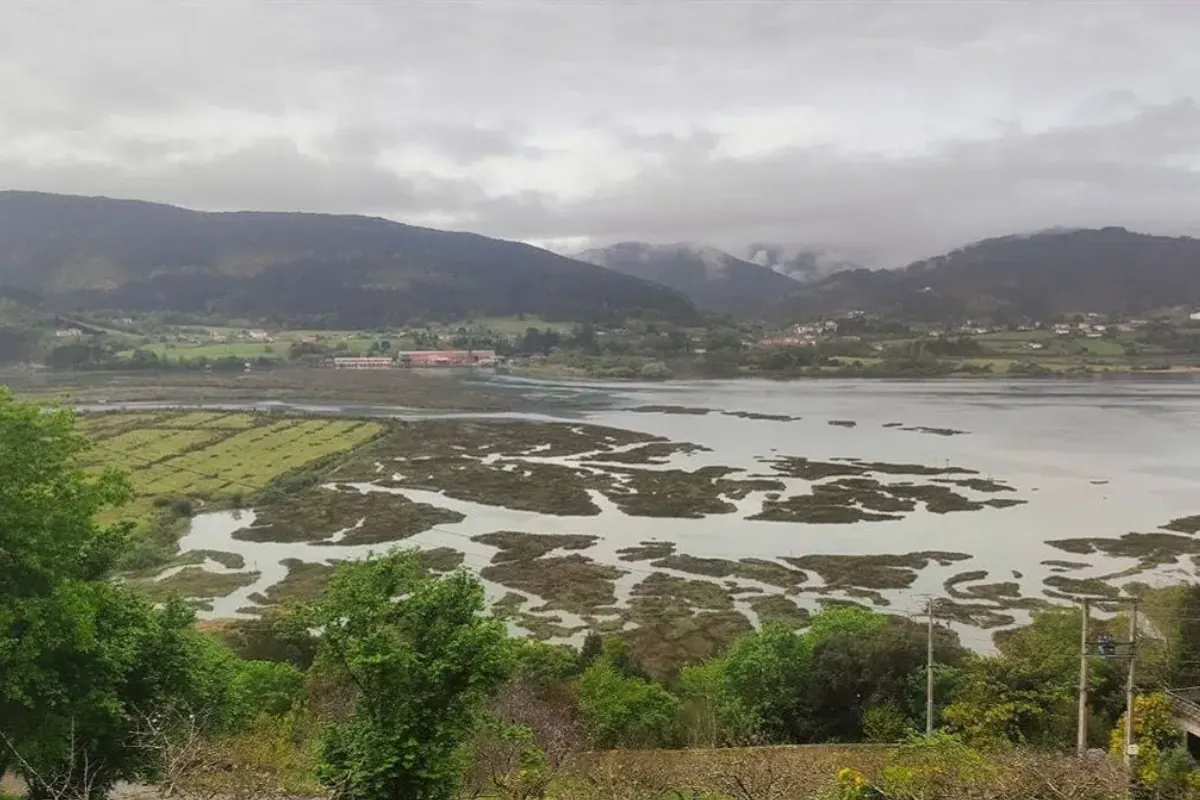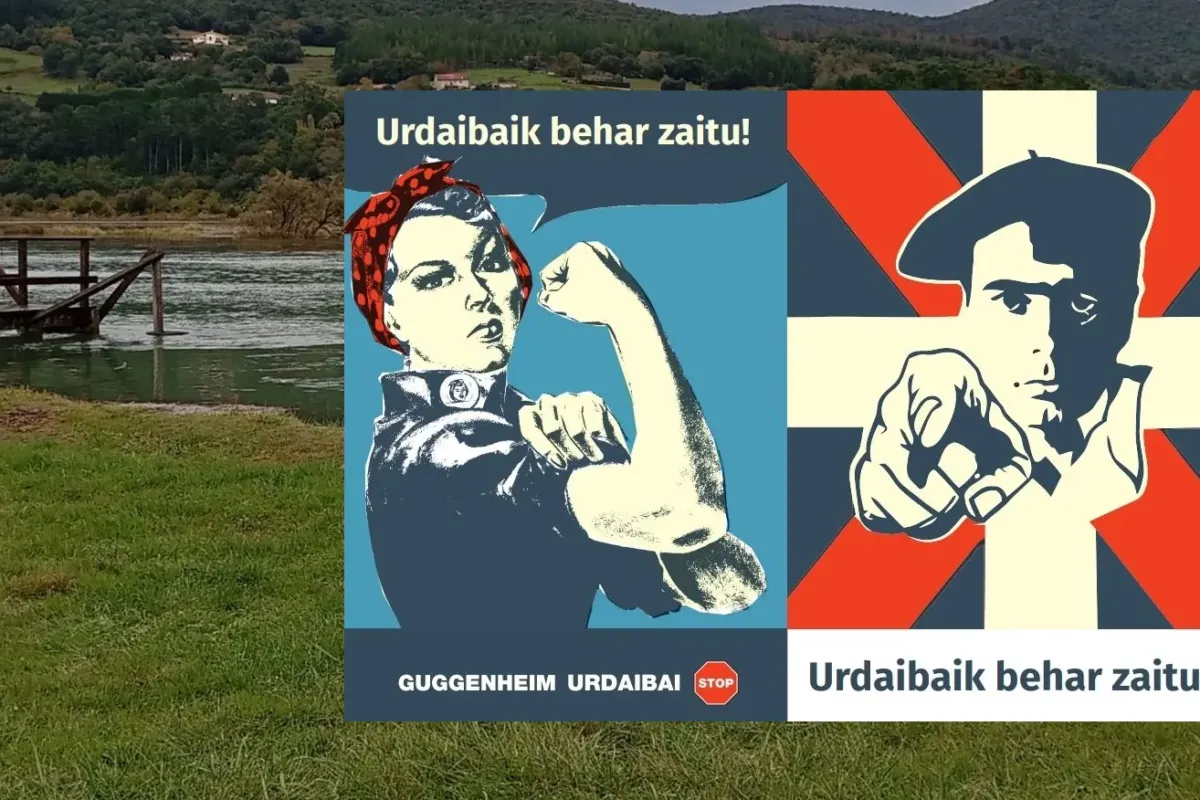Massive Scientific Support in Defense of the Urdaibai Wetlands
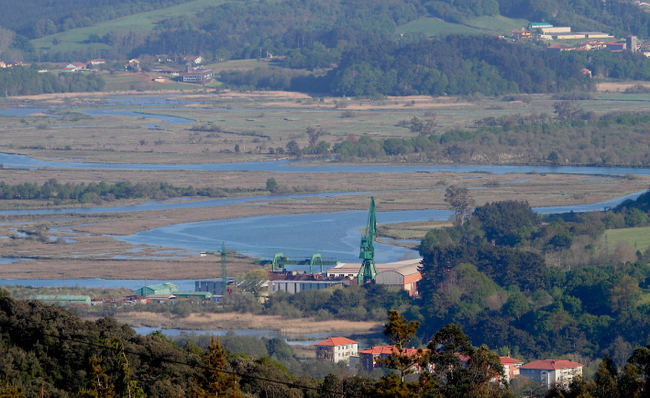
More than 370 researchers have voiced their opposition to the planned Guggenheim Museum project in the Urdaibai Biosphere Reserve, calling instead for the protection and restoration of one of the Basque Country’s most valuable wetlands.
A total of 373 scientists have signed a manifesto rejecting the construction of a Guggenheim Museum branch at the Murueta Shipyards in Bizkaia. The document also urges the restoration of the marshland that was drained decades ago by the shipbuilding industry within the Urdaibai Biosphere Reserve, a key step, they argue, to ensure the effective conservation of local waterbird populations.
A Global Scientific Response
The initiative is coordinated by the international platform Mediterranean Alliance for Wetlands. The signatories — all PhD holders — work or collaborate with universities, research centers, and scientific societies in 26 different countries. Among them is a significant number of researchers from the University of the Basque Country, the Basque Centre for Climate Change, and the Spanish National Research Council (CSIC).
Several leading figures in Spanish biodiversity research are among the signatories, including ecologists Pedro Jordano, José Antonio Donázar, and Luis María Carrascal; science communicator Fernando Valladares; former directors of the Doñana Biological Station, Javier Castroviejo and Miguel Delibes; university professors José Luis Tellería and Carolina Martínez; and former director of the Royal Botanical Garden, María Teresa Tellería.
Environmental Damage and Legal Concerns
The company Astilleros Murueta established its facilities on the intertidal zone under a concession granted in 1943, a permit that has long since expired. Over the years, repeated dredging of the estuary has caused severe ecological degradation — altering the riverbed and draining more than 50 hectares of marshland within the protected area.
The scientists warn that building a new museum at this location would further damage a fragile ecosystem and compromise conservation goals. They call on the Basque Government and the Provincial Council of Bizkaia to abandon the plan and to prioritize the restoration of the drained marshes, returning them to their natural intertidal state to foster the recovery of aquatic bird populations.
The Mediterranean Alliance for Wetlands has delivered the manifesto to the Basque Government, the Provincial Council of Bizkaia, the Ministry for Ecological Transition and the Demographic Challenge, and the Solomon R. Guggenheim Foundation.
A panoramic view of the Urdaibai wetalnds in Bizkaia. The buildings and infrastructure in the foreground belong to the Murueta Shipyards, where the Guggenheim expansion is planned to take place (photo: Urdaibai Bird Center).
A Protected Landscape Under Pressure
Declared a UNESCO Biosphere Reserve in 1984 and granted special protection by the Basque Parliament in 1989, Urdaibai’s estuary is also listed as a Ramsar Wetland of International Importance.
Despite these protections, current Basque authorities plan to build two new Guggenheim Museum branches within the reserve as part of an expansion project. One of the proposed sites — the Murueta Shipyards — borders a Special Area of Conservation (SAC) and lies within a Special Protection Area for Birds (SPA) under the Natura 2000 Network, which would significantly increase the impact on local and migratory bird species.
About the Author
Aitor Galarza, PhD in Biology from the University of the Basque Country, was part of the multidisciplinary team that, in the 1980s, produced the foundational study leading to Urdaibai’s designation as a Biosphere Reserve. For nearly forty years, he has worked as a forest ranger in the area and has published numerous scientific and outreach articles, most focused on the birds of Urdaibai. He spearheaded the global campaign to gather scientific signatures in defense of the reserve.
References
- Arizaga, J.; Garaita, R.; Galarza, A. (2020). Leisure activities as a main threat for the conservation of waterbirds in an estuary in northern Iberia. Animal Biodiversity and Conservation, 43(2): 243–254.
- Arizaga, J.; Amat, J. A.; Monge-Ganuzas, M. (2017). The negative effect of dredging and dumping on shorebirds at a coastal wetland in northern Spain.Journal for Nature Conservation, 37: 1–7.




